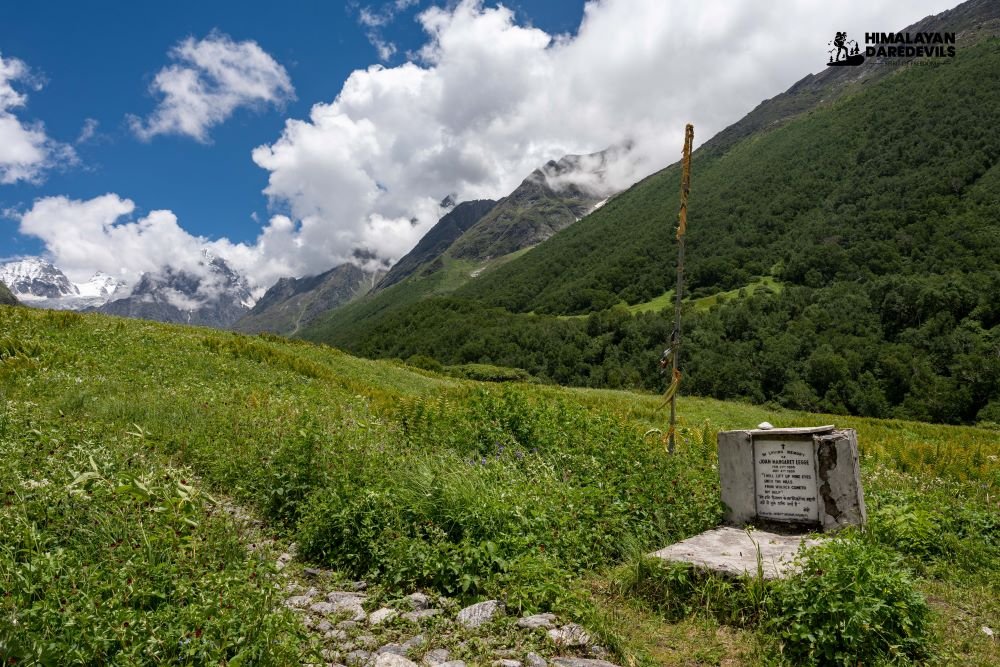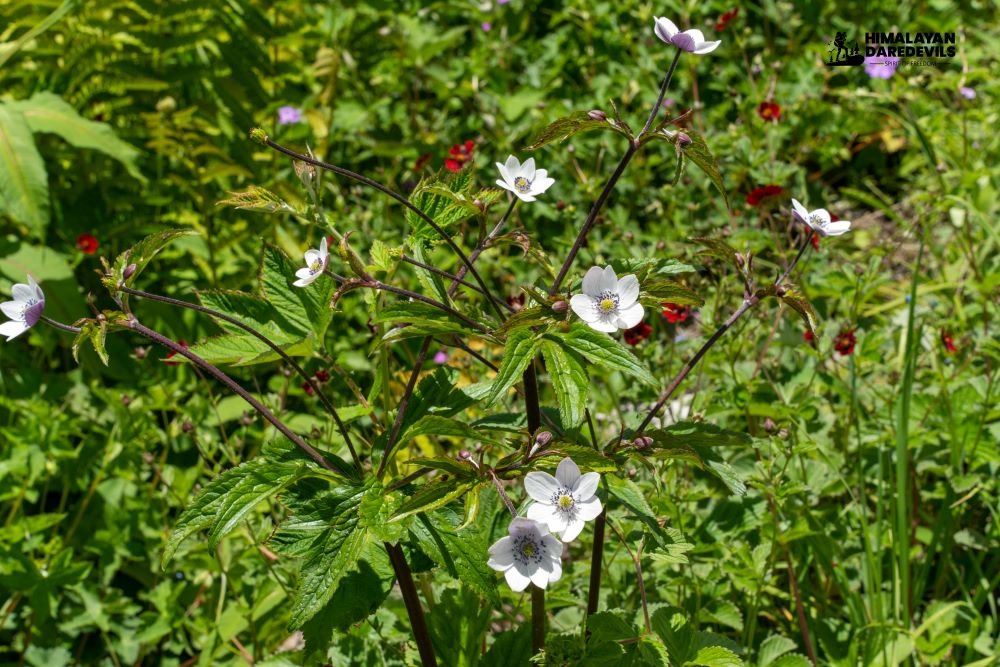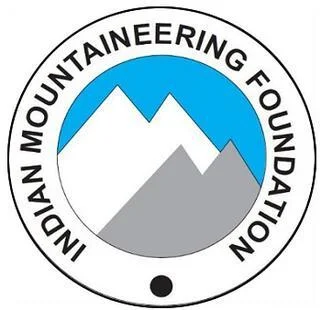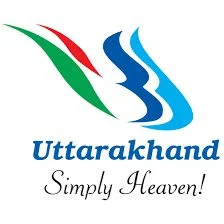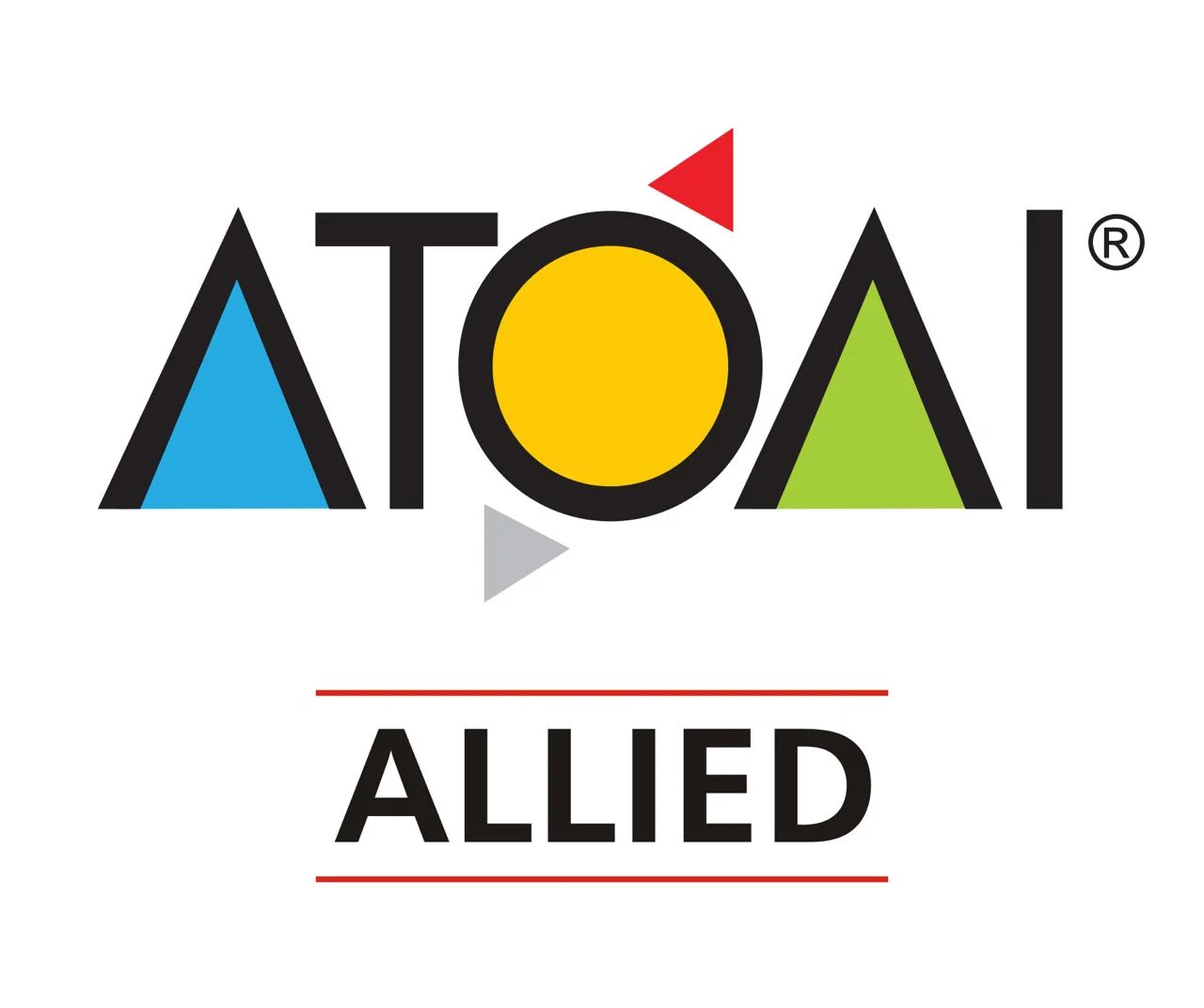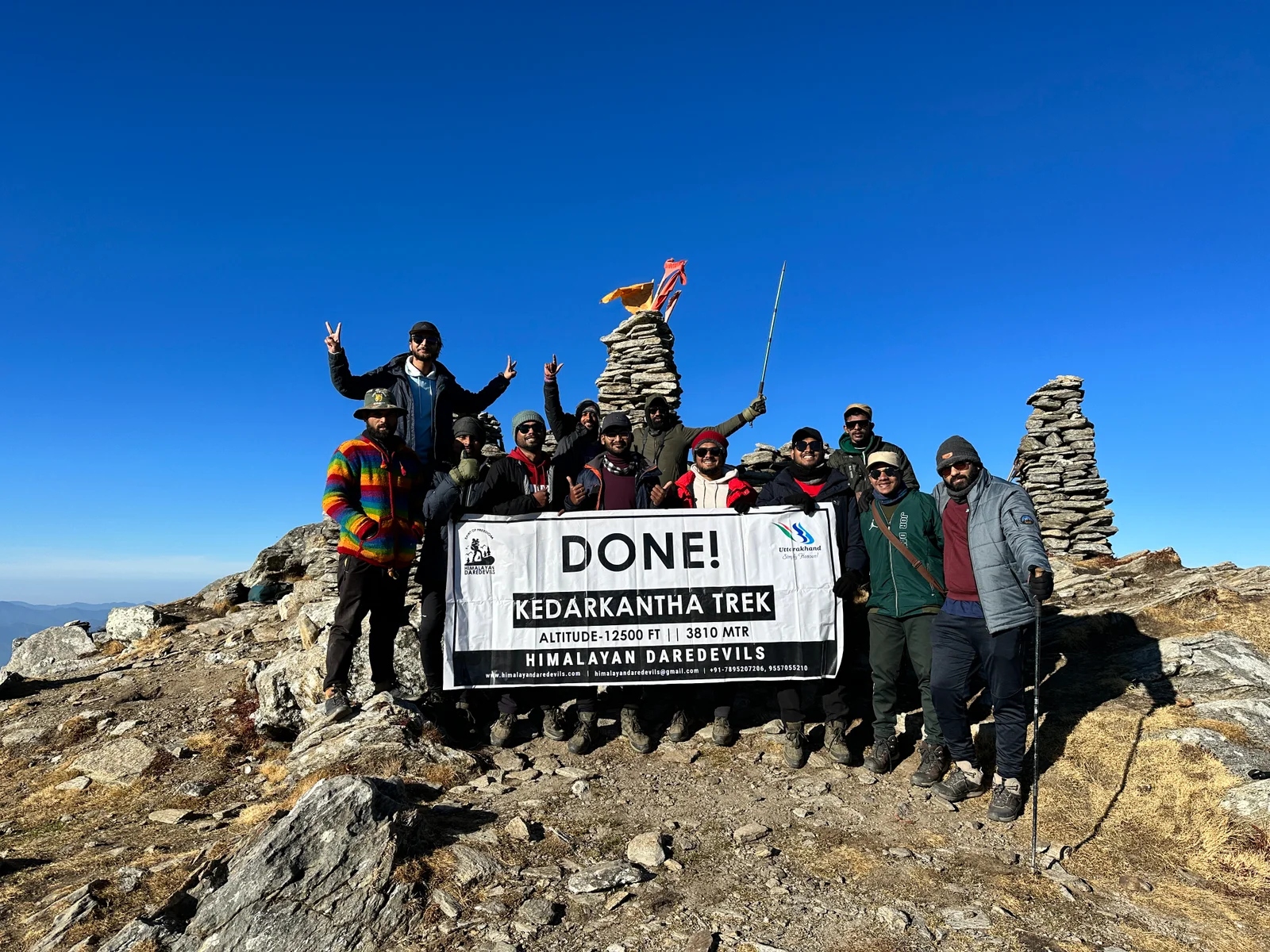Starting From
77,050
67,000.00
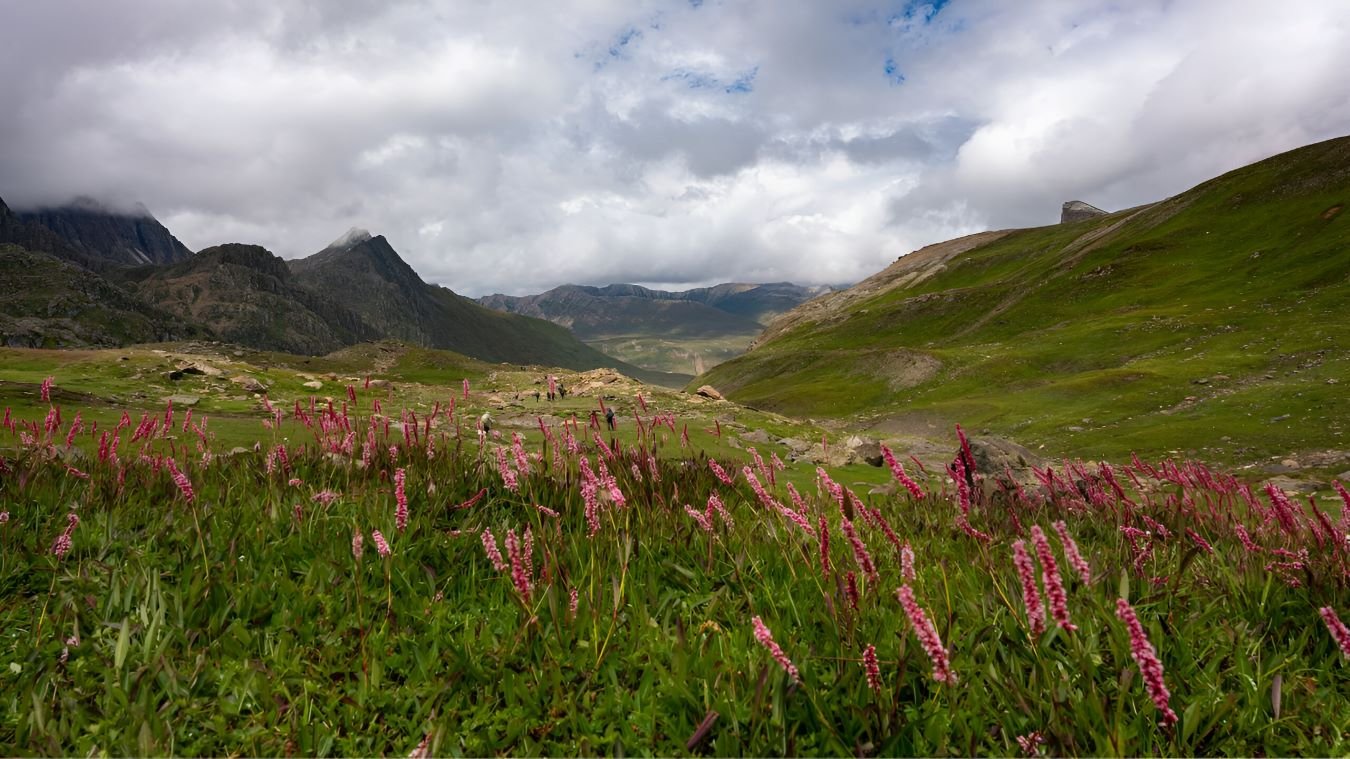
Starting From
77,050
67,000.00
Starting From
77,050
67,000.00
Bhyundar Khal Trek (101+ Reviews)
The trek starts and ends in Joshimath
Dehradoon Railway Station
Jolly Grant Airport Dehradoon
Joshimath
May to June and September to October
Joshimath to Joshimath
Veg
Hotel / Camping
Uttarakhand
9 Days
Difficult
16732 ft
58 Km
Overview
The Bhyundar Khal was mentioned by Sir Frank Symthe in his book describing his successful attempt on Kamet and also during his exploits in the region later in 1937. This pass is part of the Greater Himalayas or the Himadri Range. It goes across the North-South Zanskar Range and connects the Alakhnanda river valley with the Dhauli Ganga river valley. The approach is relatively easy from both sides of the pass but trekkers prefer the Valley of Flowers side due to the beauty of the valley. Retracing the steps of Sir Frank Smythe on his Mt Kamet expedition, the trek initially reaches the popular Valley of Flowers. One can sample the contrasts of nature during this trek as the Bhyundar Valley is green and colourful while the other side is barren and lacks vegetation due to its proximity to the Tibetan Plateau. The pass offers beautiful vistas towards the west, east and south with the Kamet group and the Nanda Devi Peaks rising like spectacle.
The trek starts from Govindghat village ahead of Joshimath and progresses through the Valley of flowers before setting up the base camp below the snow col of the pass on the 4 th day. The trail climbs up steadily and takes one to the remote valley of the Tipra. We encounter ice, snow, moraines, rivers, streams, meadows and amazing mountain scenery. The camping grounds of Eri Udyar is like a belvedere and known as the Balcony camp. It offers beautiful vistas of the Banke glacier.
One has to negotiate the moraines of the Gauri glacier, Rataban Glacier and Tipra Glacier. Fundamental knowledge of mountaineering is a must for this trek. At certain places rope has to be fixed to cross deep crevasses. The top of the Pass offers close and glorious views of Nilkantha, Hathi, Nilgiri and Rataban peaks. The trek route diverges from the Gupt Khal trek route and goes down straight to exit in the village of Ghamsali.
Itinerary
Leave early at 6 am and drive to Govindghat via Devprayag, Rudraprayag, Karnaprayag, Nandaprayag and Joshimath/Auli. Overnight at rest-house in Joshimath/Auli.
Early morning we drive to Govindghat and start the trek by crossing the river Alaknanda over a bridge at Govindghat and from there walk towards the Bhyundar valley through forest area and a few villages. There are numerous waterfalls and lush green landscape all around. The gradient of the trail is moderate. The 11 kms trek to reach Ghangharia takes about 4-5 hrs, one can also hire a mule to reach Ghangharia. Overnight in rest houses at Ghangharia.
We start the days trek with a short ascent to the valley. Gradient is moderate and the landscape soothing to the eye. It will take about a couple of hours to reach the valley. There are unending meadows laden with varieties of alpine flowers, network of streams and big mountains all around. The prominent species are Brahma Kamal, Anemone, Geranium, Marsh Marigold, Primula, Lilium, Potentilla, Ranunculus, Inula, Corydalis, Pedicularis, Arisaema, Ligularia, Morina, Impatiens, Saxifrages Bistorta, Anaphalis, Sibbaldia. One can spend 3-4 hours exploring different corners & vantage points of the valley. We continue our trek to Tipra Kharak and reach by late afternoon.
The days trek involves negotiating moraine and technical surfaces. The ascending path is gradual throughout, but challenging at times.
The trek on the glacier continues for about 5 km. The walk is technical and requires use of technical gear. After the glacial stretch, the path goes to the moraine continuously descending to the campsite.
On this day we start before sunrise. The walk again involves technical aspects on the glacier, which continues to the pass. It is a trek of about 8 km to the pass, which takes about 5-6 hours, with a stunning view of the greater Himalayas all around. Dinner and overnight stay in tent.
After a trek of 6 km along the valley, one reaches Edi Udiyar, with a grassy and comfortable place to set campsite.
Today we will descend to the village of Ghamsali. The frontier villages have mostly been abandoned as villagers have been migrating to towns and cities in the foothills and the plains after the 1962 war with China brought their centuries-old border trade to a halt. These villages come up with great culture and old oral tradition. We further drive to Joshimath. Overnight in a guest house.
We leave from Joshimath and reach Dehradun by early evening.
Bhyundar Khal Trek Map

Inclusions
Exclusions
1. Meals while on trek (Veg.).
2. All necessary entry fees and permits.
3. Accommodation:- Guest house / Camping during Trek.
4. Mountaineering qualified & professional trek Leader, guide, cook, and Support staff.
5. First aid medical kits, stretcher, and oxygen cylinder.
6. Trek equipment: Sleeping bag, mattress, tent, kitchen & dining tent, toilet tent, utensils, and crampon (if required)
7. Staff Insurance.
8. Porters/mules to carry central equipment.
1. Any kind of personal expenses.
2. Food during transit.
3. Mules or porters to carry personal luggage.
4. Insurance.
5. Transport (Non Ac)
6. Any kind of emergency evacuation charges
7. 5% GST
8.Any expense incurred or loss cost by reasons beyond our control such as bad weather, natural calamities (landslides, floods), flight delays/rescheduling/ cancellations, any accidents/medical evacuations, riots/strikes/war/pandemics etc.
9. Anything not specifically mentioned under the head.
1. Meals while on trek (Veg.).
2. All necessary entry fees and permits.
3. Accommodation:- Guest house / Camping during Trek.
4. Mountaineering qualified & professional trek Leader, guide, cook, and Support staff.
5. First aid medical kits, stretcher, and oxygen cylinder.
6. Trek equipment: Sleeping bag, mattress, tent, kitchen & dining tent, toilet tent, utensils, and crampon (if required)
7. Staff Insurance.
8. Porters/mules to carry central equipment.
1. Any kind of personal expenses.
2. Food during transit.
3. Mules or porters to carry personal luggage.
4. Insurance.
5. Transport (Non Ac)
6. Any kind of emergency evacuation charges
7. 5% GST
8.Any expense incurred or loss cost by reasons beyond our control such as bad weather, natural calamities (landslides, floods), flight delays/rescheduling/ cancellations, any accidents/medical evacuations, riots/strikes/war/pandemics etc.
9. Anything not specifically mentioned under the head.
What to carry
- Trekking shoes: A good pair of trekking shoes is essential for a comfortable and safe trek. Look for shoes that are sturdy, provide good ankle support, and have a good grip on different types of terrain.
- Backpack with rain cover (50-60 ltr): A backpack is necessary to carry all your gear. Make sure it's the right size for your trek, and comes with a rain cover to keep your belongings dry in case of rain.
- Thermals (upper and lower): Thermals are lightweight and comfortable base layers that help regulate your body temperature in cold weather. Bring both upper and lower thermals to keep warm.
- 3 T-shirts (advisable quick dry): Choose quick-drying T-shirts made from breathable and moisture-wicking materials. This will help keep you cool and dry during your trek.
- 2 trek pants: Choose lightweight and comfortable trek pants that are easy to move in and can dry quickly if wet.
- Jacket (-10 degrees): A warm jacket is essential for cold weather. Choose a jacket that is waterproof and windproof, and provides good insulation.
- Fleece or hood (2): Fleece jackets or hoodies are great mid-layer options to keep warm. Bring at least two, as they can also be used as an extra layer at night.
- Sunglasses (UV protected): Protect your eyes from the sun's harmful UV rays with sunglasses that are designed for outdoor activities.
- Sun cap: A sun cap or hat with a brim will protect your face and neck from the sun.
- Hand gloves: Bring a pair of lightweight gloves to keep your hands warm and protected from wind and sunburn.
- Woolen cap: A woolen cap will keep your head and ears warm at night or in cold weather.
- Socks (3 pairs min): Bring at least three pairs of good quality socks that are moisture-wicking and provide good cushioning and support for your feet.
- Headlamp: A headlamp will come in handy if you're hiking in low-light conditions or need to find your way in the dark.
- Trekking pole (if needed): Trekking poles can help reduce strain on your legs and provide additional support on steep terrain.
- Rain cover\poncho: A rain cover or poncho will keep you and your gear dry during unexpected rain showers.
- Day pack (if you plan to offload your bag): If you plan to offload your backpack during the trek, bring a smaller day pack to carry essentials like water, snacks, and a first aid kit.
- A toiletry kit: Bring a small kit with personal hygiene items, such as a toothbrush and toothpaste, wet wipes, hand sanitizer, and toilet paper.
- Lunchbox, cup, spoon: If you plan to bring your own food, bring a lunchbox, cup, and spoon to carry and eat your meals.
- 2 one-liter bottles: Staying hydrated is crucial, so bring at least two one-liter bottles to carry water.
- 2-3 plastic covers to keep your wet or used clothes: Plastic bags are useful for keeping wet or dirty clothes separate from the rest of your belongings. They can also be used to pack out any trash or waste you generate during the trek.
How to reach
With a variety of means of transport available, this beautiful city. Find lots of beauty in every mode of traveling by road, air, or train as each route takes you through different sights. Get ready to be impressed by the mountains as you begin this marvelous trip.
By Road
From Delhi :
Distance: About 260 km.
Time: 6 to 7 hours.
Route: NH 44 should be taken; this road goes through Meerut, Muzaffarnagar, and Roorkee which is scenic.
Suggestion: You may take a cab or book a cab online rather than getting stressed out about availability.
Local Buses:
Frequency: Buses are available in the regions of Delhi, Chandigarh, and Haridwar after every hour.
Forms: AC and non-AC buses are both provided.
Booking: These can be bought online or at the bus stop
Self Drive:
Benefits: You can also check out places on your way around.
By Air
Jolly Grant Airport:
Distance from the airport to Dehradhun: It is 25 kilometers.
Air Transport Available: Major Indian metropolitan cities namely Delhi, Mumbai and Banglore have rounds of flights to this airport regularly.
Time: 1 hour starting from Delhi.
Transportation after the flight:
Alternatives: Taxis and private cabs are available outside the airport.
Time taken to travel from the airport to Dehradun: 40 to 60 minutes.
By Train
Dehradun Railway Station:
Connectivity: Trains connect it well to prime locations such as Delhi, Mumbai, and Calcutta.
Popular Trains:
Nanda Devi Express: Travel time is Nanda Devi overnight service.
Shatabdi Express: Day service; fast and comfortable.
Dehradun Express: Return options are available regularly.
Fitness and preparation guide for Bhyundar Khal Trek
We recommend jogging as the best routine to get fit for a trek. It works on the same muscles that you use while trekking — your calves, glutes and hamstrings. It helps increase your stamina day by day. It is also an easy routine that does not require any equipment or tools.
Fitness target:
To do this trek comfortably, you must be able to cover 5 km in under 35 minutes. This is the minimum fitness required for this trek.
How to achieve this fitness?
- Start jogging at least 4 days a week
- If you cannot run 5 km immediately, start with 2 km and increase to 5 km over 2-3 weeks.
- Once you’re able to run 5 km, increase your pace day by day.
- Gradually increase your pace and bring it down to 5 km in less than 35 mins.
- You must be able to run 5 km in 35 mins consistently for at least 2 weeks before the trek.
This trek requires at least 6-8 weeks of preparation. The longer, the better. So plan your trek soon and start preparing.
Cancellation policy
Life is unpredictable and we understand sometimes you have to cancel or change your trip dates and it is our endeavour to make it as easy possible for you. However, please understand we plan everything including guide fees, permits, accommodation and ration in advance. Therefore any cancellation means inconvenience and certain losses to the people involved in various stages of programme. Keeping that in mind, our cancellation charges are as below-
Cancellation prior to 30 days from start of the event: Get monetary refund with 15% of cancellation charges on trek fee.
Cancellation between 30 days and 15 days to the start of event: 50% on trek fee is non refundable and the remaining 50 % will be given as cash voucher which is valid for 1 year.
Cancellation less than 15 days to the start of event: No refund.
Please note cancellation will be only accepted by email.
Booking amount is non refundable
Note: The Himalayan Daredevils reserves the right to cancel a programme before departure in the event of logistical problems arriving due to natural calamities, strikes, wars on any other circumstances that makes the event inadvisable. In this case, 50% on trek fee is non refundable and the remaining 50 % will be given as cash voucher which is valid for 1 year.
Itinerary changes & trip delays:
We plan itineraries based on the information at the time of planning and in rare circumstances, there are subject to change. In the event that the itinerary is changes or delayed due to unforeseen circumstances such as bad weather conditions, transportation delays, government intervention, landslides etc. We will always aim to give you the best experience possible. However The Himalayan Daredevils are not be held responsible for the cost of delay or changes.
Why Choose Us
